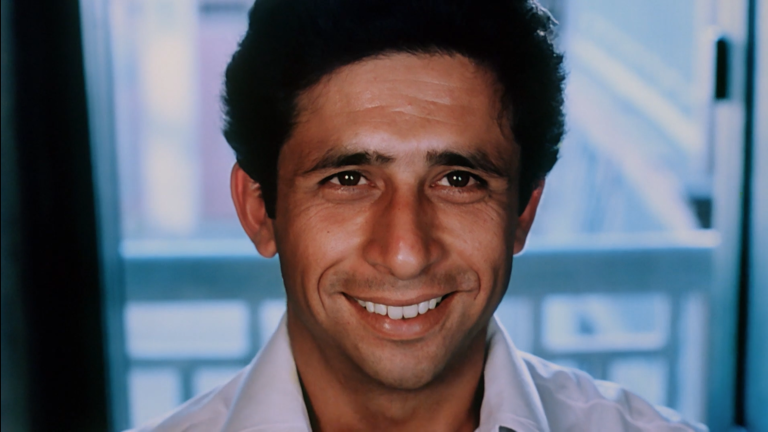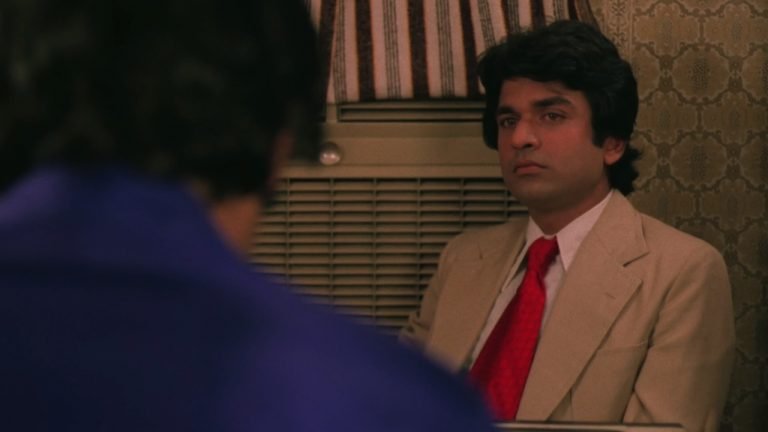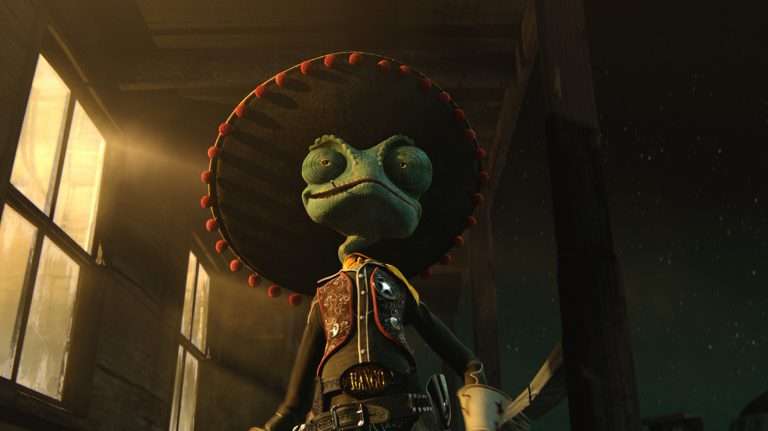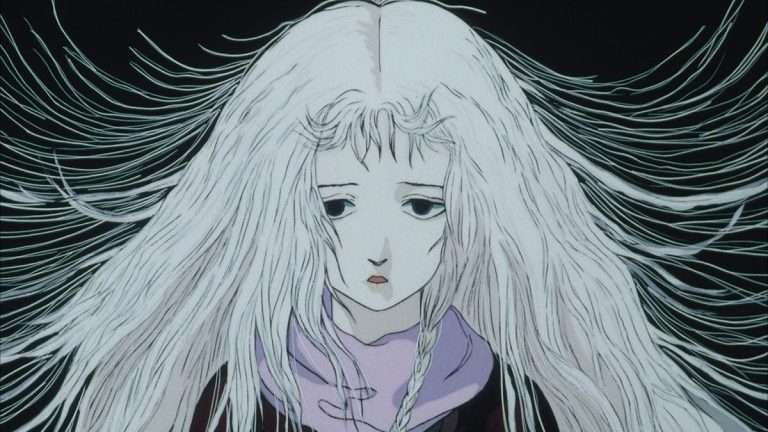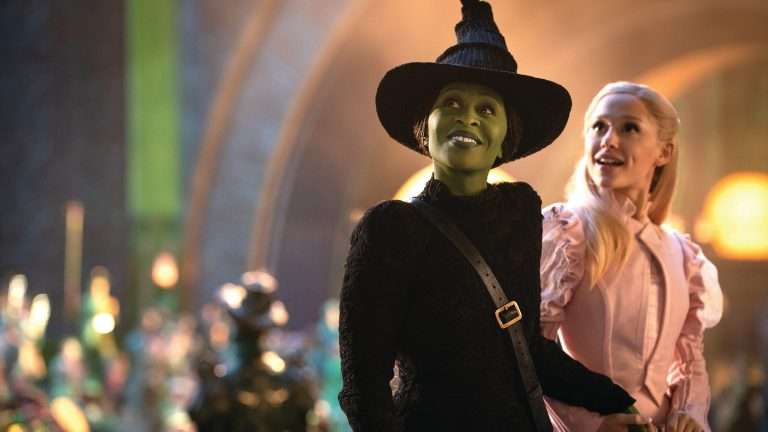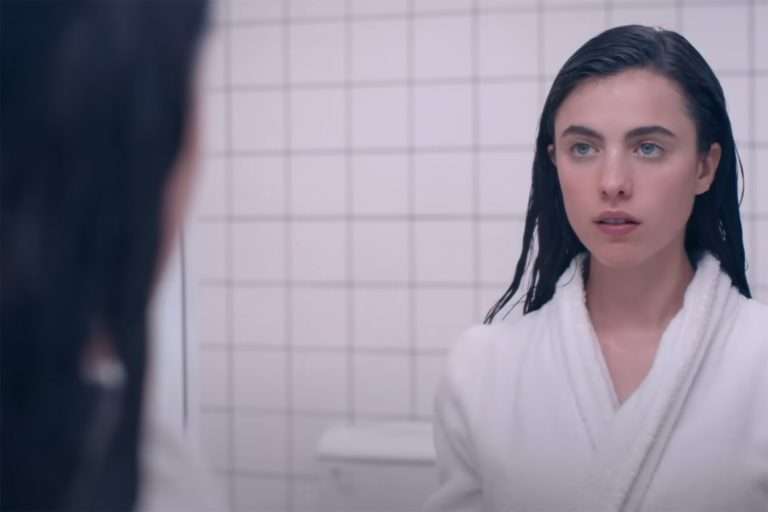The rarefied cosmos of Nobuhiko Obayashi is a dusty carton of paraphernalia packed in a mosaic mess. Whether it is the famous spook fest of “Hausu,” the tale of medieval menace in “Emotion,” or the garish aesthetics of “Hanagatami,” his is a dreamy anomaly that leaves one hungover, transfixed on the tightrope of reality tethered in an altogether unreal expanse. The events unfold in scores and patches, hitting on the spot like the random abruptness of a song you love, taking one on a rather bumpy ride across shifting dimensions of time and space. Here, memory is almost an incantation, the power of hyperthymesia both a blessing and a curse and general oddity a balm to this beautiful chaos.
The center of this universe belongs solely to children, or perhaps, to adults retracing unto youth in stinging and inebriate longing, becoming the very person they once were. The saga of reliving and re-envisioning life recurs in films like “Seven Weeks” and “Switching, Goodbye Me,” where the young at heart are confronted face-to-face with the caprices of self and fate in a cascading dance of dusk and day. All of it happens in the refuge of a parallel universe which, even with its unfulfilled wishes and unmitigated sorrows, gives the gift of redefining our relationship with love and life, of opening up and living a little more than we normally would.
The leisurely progression imbues a real-time effect; the streamlined tension tantalizes and stirs us from complacency, such that the films become a felt experience. “Hanagatami,” based on Kazuo Dan’s novella, is chronicled like a long military procession, a march onto the modern, battling the vagaries of war and bouts of introspection and ambiguity. Like most of his other films, it is an incredibly slow-paced, often tedious journey, saturated in a spell of lassitude, nestling us, almost like the protagonists, in a pool of subliminal sensations. We see the events like they would occur in a dream- in a string of disorienting and unconnected images. Often the scenic loveliness coincides with the poetry of thought and careful discretion with wishful thinking; in “Switching, Goodbye Me,” this poignancy attains a bittersweet flavor, with a lot of questions unanswered.
The edges of consciousness seem to tip off, letting slip the human darkness that is deeply entrenched- of secrets that give way to secrets, discrepancies that we cannot fathom. The streak of absurd and preternatural emboldens this bond, memorably in films like “Hausu” and “The Girl Who Leapt Through Time,” breathing life into what seems like a flashback of photosensitive memories. The conflict to keep reason and identity intact against the quicksand of absurdity and death is integral to Obayashi’s films, where the scenario is propelled less by ‘what-is’ and more by ‘what-if.’ As arthouse flicks, they are a wacky experiment without the hi-tech polish, having a farcical vintage charm. While “The Girl Who Leapt Through Time” touches upon magic and metaphysics, it dodges an honest inquiry into those zones, keeping it, in essence, a child’s naive dream.
The grotesque inversion of the dream child is seen in “Kawaii Akuma” (1982), where the curtain unfolds on an idyllic countryside, the very antithesis of what we suppose would house phantastic horrors. Its individuals live and relive the lesions of memory, enacting levitation and telekinesis as a means to maintain a stronghold on their own emotional landscapes.
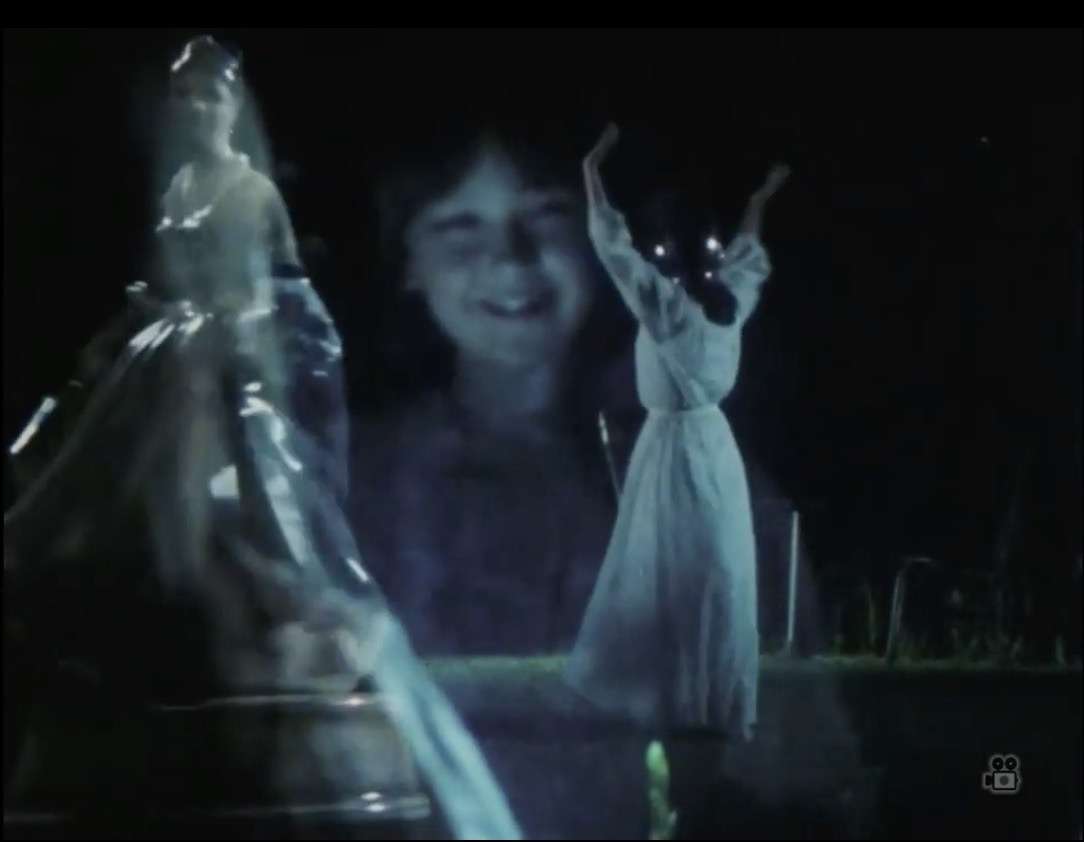
“Hausu” serves the gourmet of terror and phantasmagoria neatly on the platter with a sprinkle of dark, playful humor. Its soundtrack pirouettes on the happy-go-lucky. What begins as an innocuous fun ride topples into a nightmarish disarray in a possessed, carnivorous mansion. For all its psychedelic madness, “Hausu” is a study in psychoanalysis, a confrontation with the ego and Jungian shadows rooted in an anxiety that’s primarily subconscious.
Born of cognizance in the waking state, these suppressed fears are roused from contact with the inundating nocturnal darkness, an estrangement of the familiar, and uncertainty about the future. Inspired by ideas from his daughter, the film was conceived as an accidental offspring of bubble-gum backdrops and the irrational horrors of demonic cats and biting heads. In the end, “Hausu” is a devilish dip into what it’s like to lose control of everything and an insight into soul-exchanging, to the point of losing the self.
“Hausu” also alludes to a staunch anti-war sentiment in the figure of the widowed aunt whose vengeful spirit haunts every cranny. Obayashi subtly explores the scars left in the aftermath of war and the taint of cultural imperialism as a part of that memory. The literary chemistry of Edgar Allan Poe with the grimness of “Hanagatami” or Kierkegaard’s The Sickness unto Death in “Switching, Goodbye Me” doesn’t end with merely informing the plotlines of the respective films.
Neither is the casual overlay of Western Gothic and folkloric Japanese aura, where the Indigenous ruins are more often than not represented as specters of the past. Far from being the fruits of chance, they display a venerable empathy with their roots and a certain struggle to cling ardently to them. They allegorically take the forms of people on whom death has left an abysmal void and are awaiting the destiny of death themselves, or in “Seven Weeks,” where it is embodied by the figure of an old man who regrettably couldn’t take his last breath in his own home.
The main Gothic concern is not to abruptly infringe upon but to casually blur the immediate boundaries that demarcate hyperrealism from dreamscapes, the terrain of conscious rationality from the whirlpools of subconscious demons unleashed in extremity. As fundamental brainteasers, nebulous and otherworldly, they make up for the forgetful nature of humans by clipping together pieces of individual dreams and charging them in a surreal sheen.


